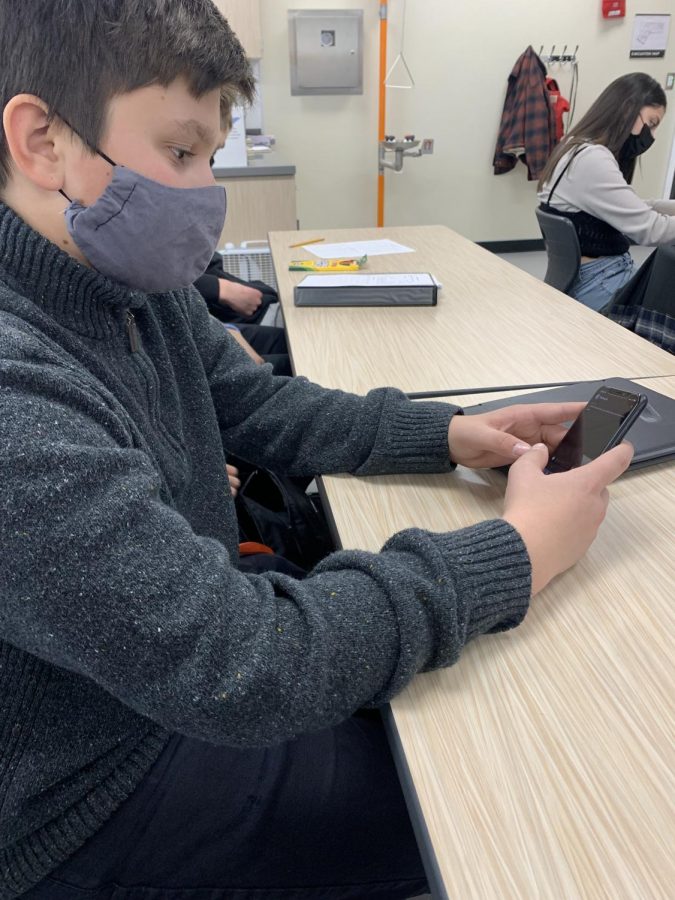Social Media and You
The world has adapted to smartphones so fast it’s astonishing
Teenagers have taken it to another level, what seemed like a science-fiction gadget has become a reality that our generations get to experience first, but at what cost?
The majority of students have apps like Snapchat, Instagram, and Twitter; and most say that they give them a better connection to their friends and family. During COVID-19, schools even relied on video chat systems to get classes going, this was achievable because of the vast majority of teens having smart devices allowing them to do this.
According to Pew Research Center, “95% of teens now report they have a smartphone or access to one… said Sheri Gordon, 45% of teens now say they are online on a near-constant basis.”
The most common apps used for schools are Zoom and Google Classroom. While these programs and apps do have their upside with communication, the downside of it is the abuse of the apps and their effect on our brain.
These apps may be beneficial to learning and education, they also lead to more and more screen time. When students were asked to share their screen time on their phones, some were hesitant like they were embarrassed, but many were happy to showcase their apps.
Angelo Flores, a Senior this year, had a weekly screen time of 5 Hrs and 25 Min on Instagram, while he had 2 hours and 41 minutes on Snapchat. When he was asked if he felt like social media had any negative impact in his life, he simply said “no.”
A lot of the attraction to social media, which relates to the distraction of other things, has to do with the developmental stage students are at in growing up. Teenagers have less developed brains, so many parts of their brains can be more susceptible than others. For example, the decision making part of somebody’s brain (Frontal Lobe), the emotional part (The Limbic system), and the rewarding system (Mesolithic dopamine system) are all very underdeveloped. The one affected most by social media is the Reward system in the brain.
“…the nucleus accumbens, part of the brain’s reward circuitry, was especially active when they saw a large number of likes on their own photos… said Sheri Gordon”
Teen brains are being hardwired to seek out for “likes” because it gives them the same feeling as winning money or seeing a loved one. Constant usage of this way to get dopamine can get you addicted to likes just the same way as you can get addicted to heroin. It is proven that constant social media usage can be detrimental to your mental health, but for many that’s not the case
Daniel Orozco, a senior at CKHS, said he doesn’t feel a need to use social media. When asked to show his screen time, he only had an hour of Instagram time and only 2 hours for Youtube. Daniel was the first student that didn’t have a Snapchat account in my research, when asked why, he simply said he doesn’t feel the need for it. His elaboration was like none other.
“I was pretty bored and it stumbled upon me that I was just bored because I wasn’t on my phone at one point, and it made me realize that there is so much more to life than just some stupid rectangle,” Said Orozco.
Social media won’t go away for a long time, and it is insanely unrealistic to ask kids to wind down their screen time or just not use screens in general, so it truly is up to the person and what they make of this situation.



